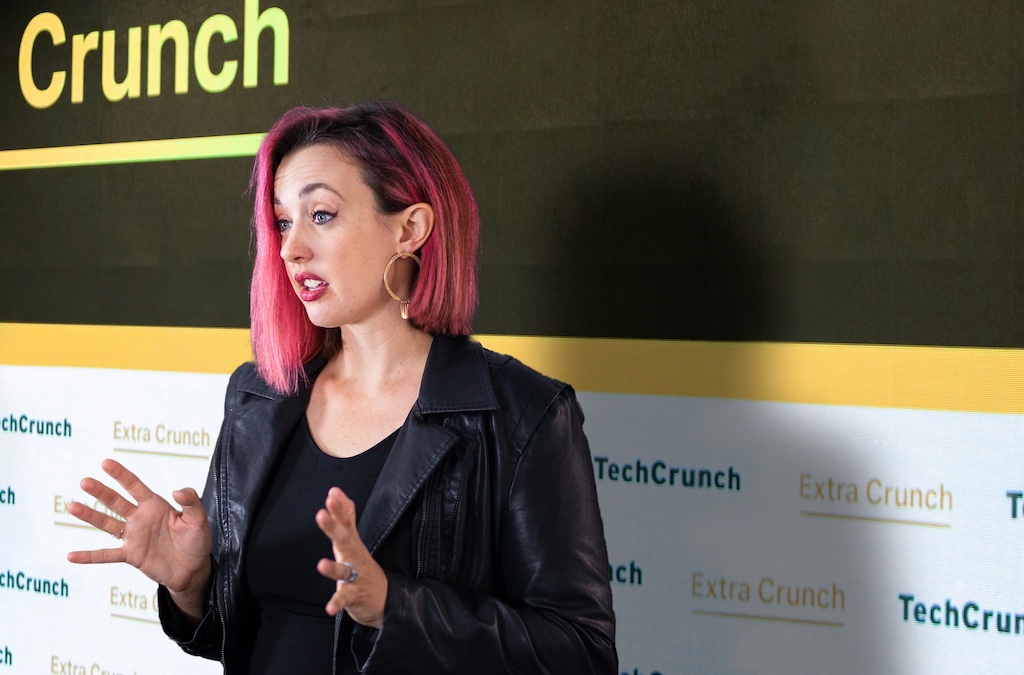It’s become increasingly obvious over the last few years, as Vladimir Putin has tightened his grip on his country, that Russian entrepreneurs who want to engage properly with the rest of the world have had to leave their mother country. Gone are the days when a startup in Russia might attract attention from many Western investors. The same, alas, is true of Russian-speaking Belorussians, many of whom have left the country after brutal crackdowns there. Ukraine’s economy also remains sub-par due to the ongoing Russian aggression in the East of the country. So it’s fallen to enterprising Russian-speaking investors in and outside Russia to work out the best ways to harness the obvious talent out there.
Leta Capital makes a play of investing in Russian-speaking entrepreneurs based just about anywhere. It’s now launching its third and largest fund to date and says it will invest over $100 million in UK, European, and US-based growth-stage tech companies over the next three years. Its focus will be Seed/ Round A / Round B investments. It intends to invest in the range of $2-5 million and will be focused on software, IT, and internet technologies
The new fund will to hone in on East European and Russian-speaking entrepreneurs. Particularly those operating out of international hubs such as London and New York.
Leta’s founder and former tech entrepreneur Alexander Chachava says Russian-speaking startups based abroad are often – these days – over-looked and under-valued by Western VCs and investors, and I dare say he’s right. Prejudice isn’t just about skin color, as we all know.
Chachava says his fund has invested over $45 million to date since 2012, going into 30 technology companies including Synthesis AI, Unigine, InDriver, NovaKid (which I covered last year) and 365Scores.
Exits include the sale of Bright Box HK to Zurich Insurance Group in 2017, and WeWork’s acquisition of sales and marketing platform Unomy.
Chachava said: “While we are significantly broadening our geographic focus towards key global hubs, our strategy effectively remains the same: to identify exciting, high-potential technology start-ups and entrepreneurs, and support them in realizing their international ambitions.”
Chachava says his own research suggests there are in excess of 17,000 Russian-speaking and East European tech entrepreneurs and start-ups active in the UK, Europe, and US.
“Our analysis shows they continue to be undervalued and overlooked for funding, despite often generating significant cash when it comes to ARR. These entrepreneurs are some of the most dynamic and technically skilled in the world, and for investors, they represent a massive untapped opportunity.”
He has a point. Significant businesses such as Telegram, Revolut, TradingView, PandaDoc, and Preply were all started by Russian speakers who are emigres from their respective Russian-influenced countries.
Leta says its first “evergreen” fund of $15 million was fully deployed in early 2020, delivering a gross IRR of 27% per annum to investors. Its second $50 million fund had its first closing in September 2018 and has committed about 60% of its capital, says the company.
Leta will invest out of an entity in the Cayman Islands, but doesn’t plan to have an office right now, and nor will it need it to invest.
As Chachava told me over a Zoom call: “The last two years, we have not been not traveling too much, our work has been downgraded to Zoom calls. But before that, we spent a couple of months in the US, a couple of months in Western Europe. I was a frequent visitor to London but I don’t think we need space anymore in our modern world.”


